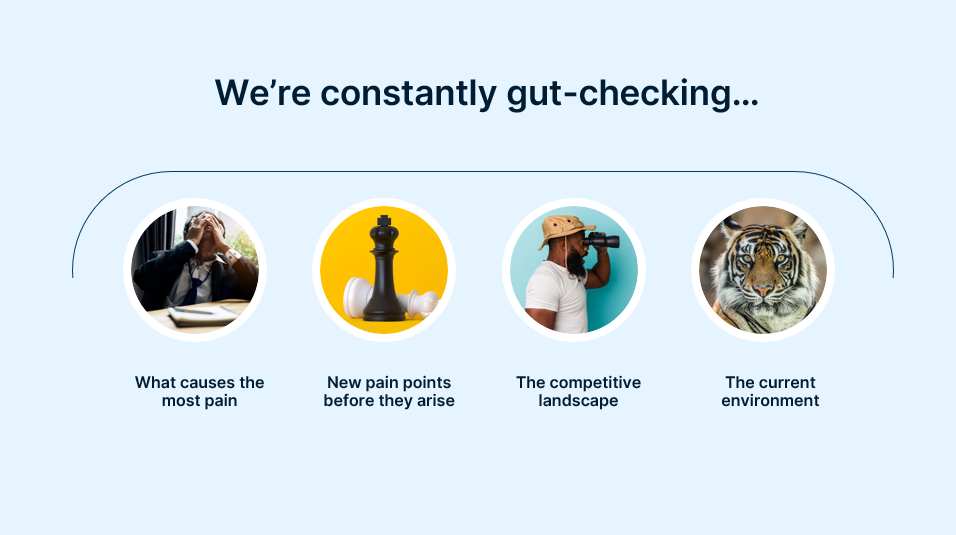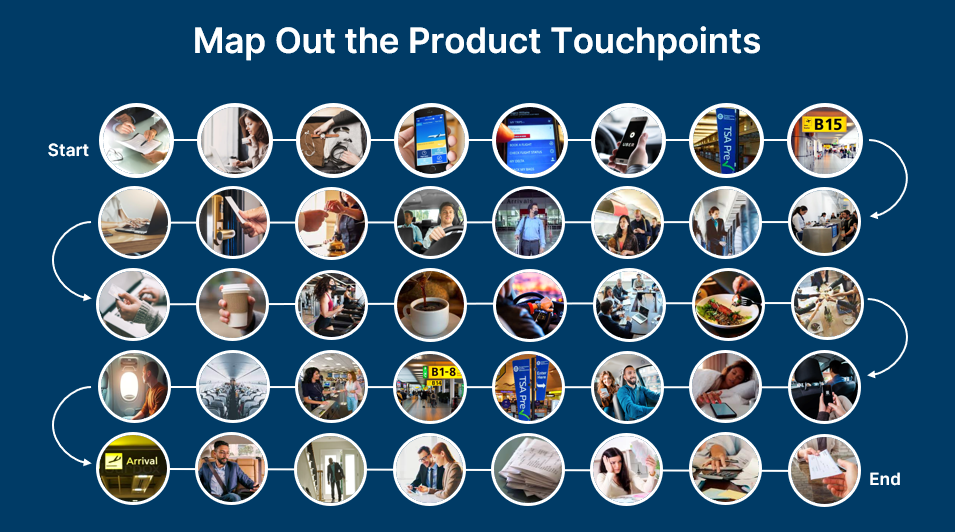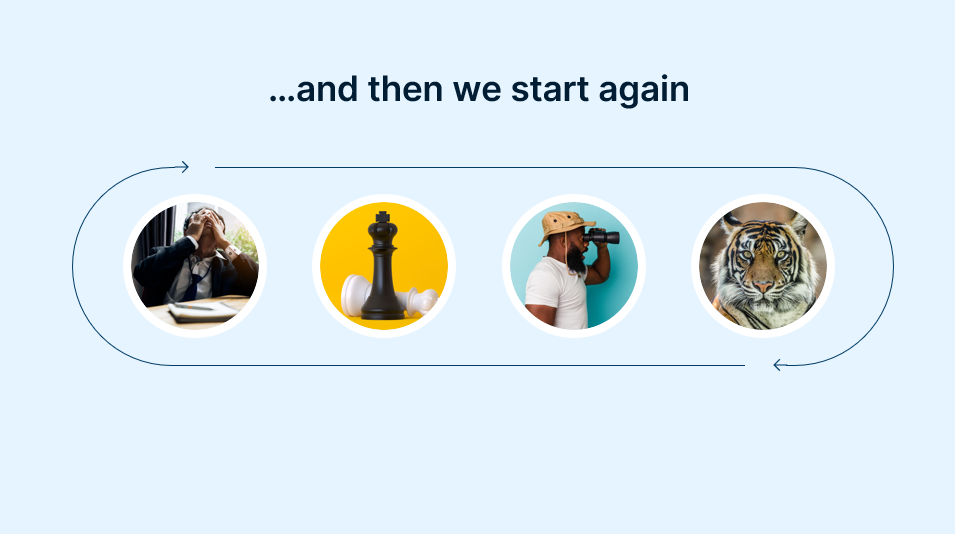More people are adopting cloud-based products across industries leading to rapid digital transformation and SaaS hypergrowth. How can you scale while staying relevant to the user?
TripActions is a late-stage growth company valued at 7.25 billion dollars. They have close to 8,000 customers globally, spanning large enterprise companies like Adobe, Heineken, and Netflix to smaller early-stage companies like Carta, Loom, and Notion.
Nina Herold, EVP & General Manager of TripActions Travel, shares insights into her team’s tactics to tune into customers’ needs throughout the product experience. She also discusses how these tools can provide value from the initial launch to a hyper-scaling mode.
“The best disruptors identify touchpoints and micro-interactions that create friction for users to create seamless experiences.”
Build a product that disrupts legacy processes
The most successful startups are ones that identify an unfulfilled need or an unresolved pain point and create a solution for it. For example, Netflix made videos obsolete and brought streaming directly into homes. Amazon now delivers goods and services to your front door within the hour. Uber and Lyft bring rides to you with the touch of a button. There’s a lot that B2B companies can learn from these consumer-facing companies.
“Employees today expect the same level of instant gratification and convenience from their B2B software that they do in their personal life.”
You can set out to solve a problem and build an innovative solution, but that solution itself becomes obsolete as technology advances. The mistake? Companies forget about the original problem altogether at this point.
For example, TripActions started seven years ago. With time, the tool became painful and clunky to use, leading to less visibility for the travel manager and the company. The problem they set out to solve was just being made worse—a common theme in the marketplace.
TripActions shifted its focus to the spender again instead of concentrating on the company. This led to a culture of disrupting legacy processes, even if it’s their own process.

Stay true to solving user problems as you scale
As you move past the initial phase, you will deal with growth and scaling pressures from investors. There will be competition. Your customer base will grow and scale, and you will receive more customization requests. Here are some things to consider as you determine what should be prioritized.
- Think about your customer’s current pain points. Solve that immediately.
- Think about future pain points. Resolve those before they come up.
- Tell customers about your pain point resolutions.
- Evaluate the competitive landscape and your place in it.
- Think about the current environment. What’s going on that can impact you?
- Create an infinite loop of re-evaluation and collaboration focusing on these points.
“By focusing on the end user, we can get them to adopt the tool and therefore also serve the company needs.”
Start by mapping out the core experience that someone would have when using your product. Then, make notes on all the product touch points and points of friction. Use this as your guide to scale and grow your company.
Be ready for mishaps
At Uber, drivers requested a feature that allowed them only to get trips moving toward a specific location. They thought it would add more trips to the platform. After extensive user research, data analysis, and internal discussion, Uber launched the feature—and it backfired. Dynamics in some cities showed it made it a worse experience for riders.
“Even when you think that you’re checking all the boxes, meeting all the needs, and creating an innovative solution, it can go wrong for various internal or external reasons.”
You have to be willing to react and change quickly when things don’t go as planned. Don’t prioritize expansion over solving the problems of your users. Evaluate how customers are using that feature before expanding it and turning it into a product.
Turn features into unique lines of business
TripAction’s personal travel offering started as a toggle within the application. It was built because customers asked for the ability to make personal travel bookings while making business travel arrangements. The number of people using it increased without doing anything to the platform. It was then customized and built into a complete product.
At Uber, evaluating the needs of riders and drivers resulted in several new modalities, including UberX, Uber Black, Pool, and Scooter. Even Ubereats considers the driver’s needs, helping drivers optimize their earnings and be more efficient. If you think about it, there are many examples of features that can turn into products of their own.
Remember, as these features and products evolve, you have to keep fighting for your original mission. Be overly critical of your product and willing to fight to retain its integrity.
Key takeaways
- Identify – Look out for gaps in the legacy market. Think about how you want to solve problems in innovative ways.
- Frame – Map out the product touchpoints and optimize for the users developing needs.
- Solve – Be ruthless about paying attention to your customer’s pain points as your user base increases.
- Align – Stay faithful to your core value proposition.
The post From Launch to Hypergrowth: How to Optimize Product Touchpoints to Provide Value with TripActions EVP and General Manager of Travel Nina Herold (Video) appeared first on SaaStr.
via https://www.aiupnow.com
Amelia Ibarra, Khareem Sudlow



